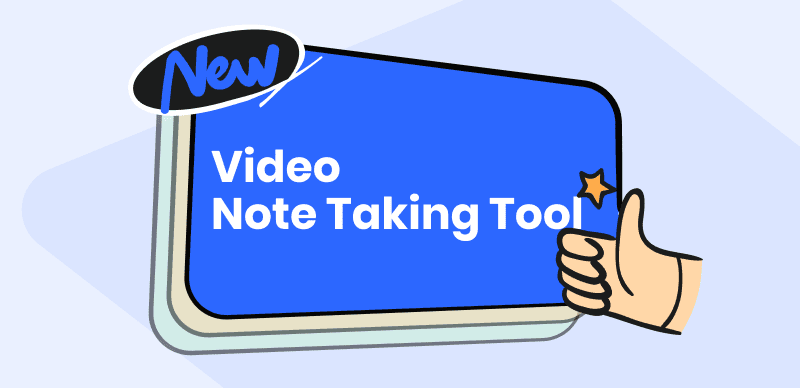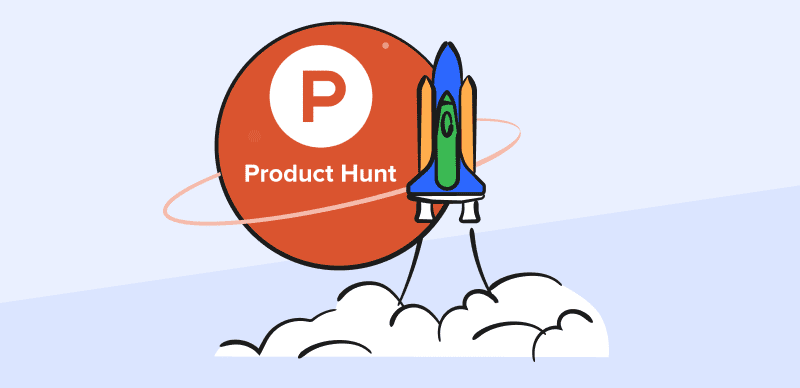How to Measure the Success of Your PLG Strategy
Hi everyone, this is Morgan.
Welcome to back my blog.
In my previous blog post, I wrote about what needs to be known before choosing PLG as our growth strategy. I received some messages from my audience discussing more PLG, and one question I think is necessary to share with everyone.
That is how to determine the success of your PLG strategy. I believe there are 4 key metrics you have to consider when evaluating your PLG strategy, they are:
- Adoption rate
- Conversion Rate
- Retention Rate
- Net Promoter Score
1. Adoption Rate
Adoption Rate measures the percentage of users who sign up for your product and become active users. This metric is important because it shows how successful you are at convincing users to try out your product.
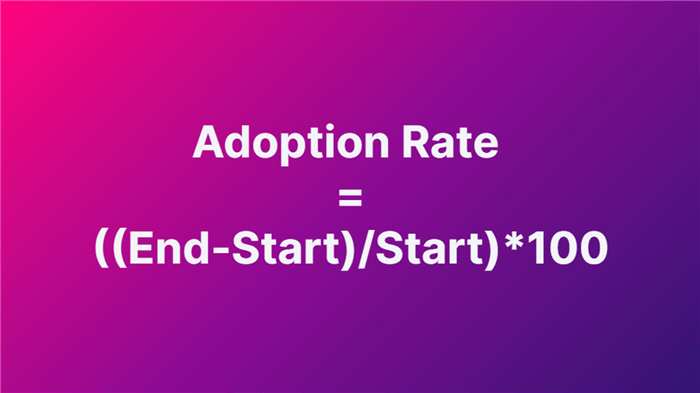
Adoption Rate Formula
For example, if Gemoo’s active customers at the start of April is 13, and it grows to 136 at the end of the month, then: Gemoo’s adoption rate = ((136-13) / 13) * 100 ≈ 946 %🤩.
Besides, if your product is a SaaS tool, you will also need to consider some sub-metrics such as account creation rate, weekly usage rate, and heavy usage rate as well. These rates can provide insights into how well your product is being received by users and how engaged they are with it.
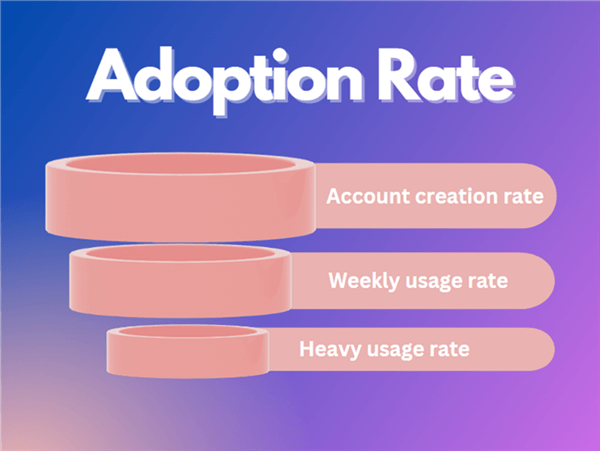
Sub-metrics of Adoption Metrics
The acceptable adoption rate for a business varies significantly, depending on factors such as the industry, product type, target audience, etc,. Generally, it would be helpful to compare your adoption rate with industry benchmarks or with similar companies in the same stage of growth to determine whether your business is on the right track or not.
2. Conversion Rate
Conversion rate is another common metric you can use to measure the success of your PLG strategy. It refers to the percentage of users who sign up for your product, who take a desired action, such as making a purchase, upgrading to a paid plan or inviting friends to join.

Conversion Rate Formula
Understanding your conversion rates is critical for improving your business and getting growth📈. By keeping track of this number and analyzing it over time, you can spot trends, try different things, and use data to make better decisions that can help you make more money 💸💲🧠 .
3. Retention Rate
Retention rate measures the percentage of users who continue using your product over a period of time, which is crucial in a PLG strategy.
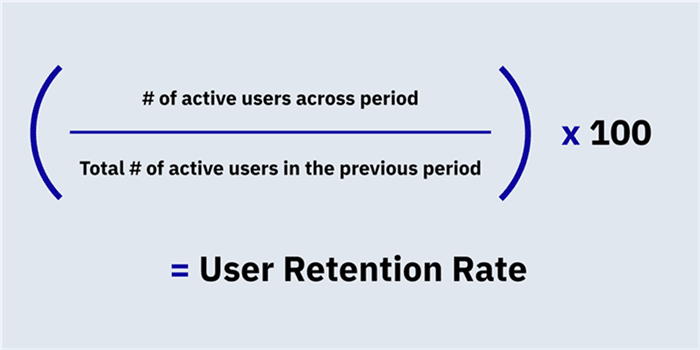
Retention Rate Formula
Slack is a prime example of a successful PLG strategy that focuses on retention rate. It has implemented several retention-focused tactics to keep users engaged with the platform, such as:
- In-app notifications🔔: Slack sends notifications to users when they receive direct messages or mentions, encouraging them to stay active on the platform.
- Onboarding process💻: Slack’s onboarding process is designed to help new users get started quickly and easily, increasing the likelihood that they will continue using the platform.
- Community building🌐🙌: Slack encourages users to join and participate in public communities related to their interests or industries, fostering a sense of community and connection that can promote retention.
As a result of these efforts, Slack achieved impressive retention rates for its freemium model.
This is very valuable for all compaines adopting the PLG strategy to learn from. By focusing on retaining users through product development and retention-focused tactics, you can achieve a more sustainable growth and profitability over the long term.
Net Promoter Score (NPS)
NPS measures how likely customers are to recommend your product on a scale from 0-10, which is the key to PLG strategy. It helps you understand your customer satisfaction and loyalty.
It involves asking customers to rate how likely they are to recommend a product or service to others on a scale of 0 to 10, with 10 being the most likely. Based on their responses, customers generally can be categorized into three groups:
- 🥳📣Promoters (9-10)
- 🙂Passives (7-8)
- 📉🚨Detractors (0-6)
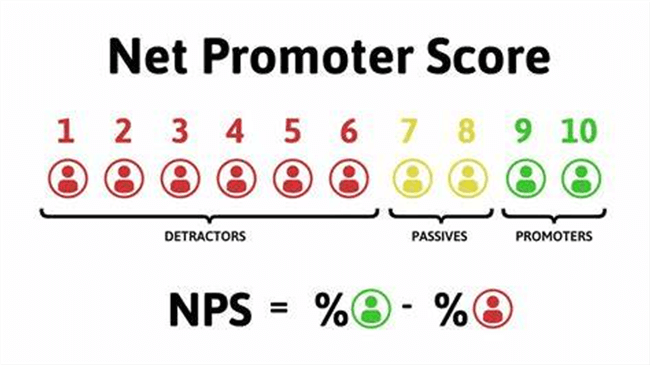
Net Promoter Score
By focusing on the creation of a positive customer experience and ensuring high levels of satisfaction, we can increase the likelihood of successfully turning our customers into advocates. That’s the PLG way.
In short, by keeping an eye on these numbers over time, you can figure out how well your PLG plan is working and where you can make it better.
I hope you found these metrics helpful in evaluating your own PLG plan. Remember, each business’s goals and targets are unique, so it’s important to set your own benchmark and track your progress over time.
If you have any questions or would like to discuss further, please feel free to leave a comment or reach out to me directly. And if you enjoyed this post, please consider sharing it with your friends who may need it.
Thank you for your reading and support! 😊

